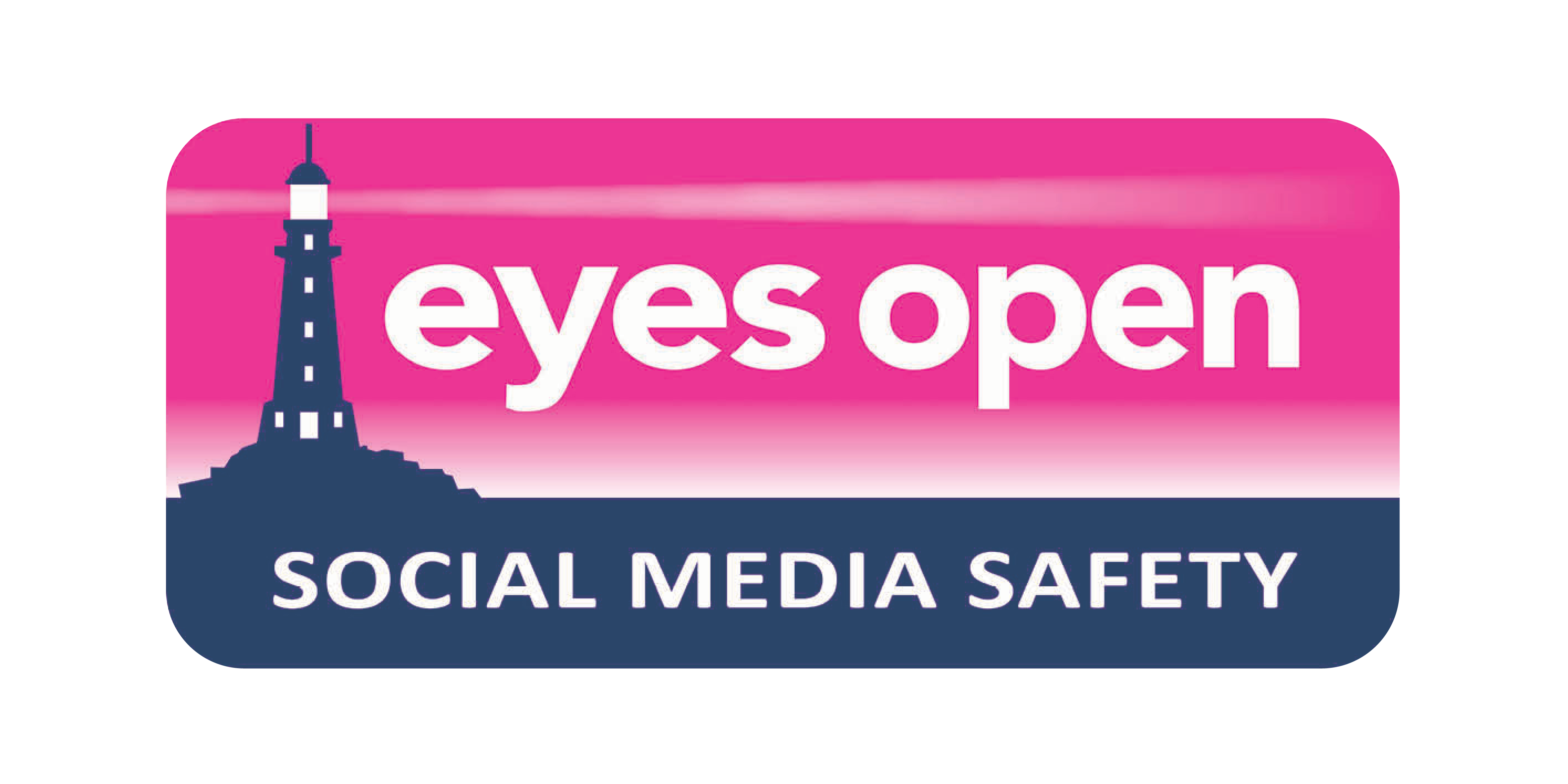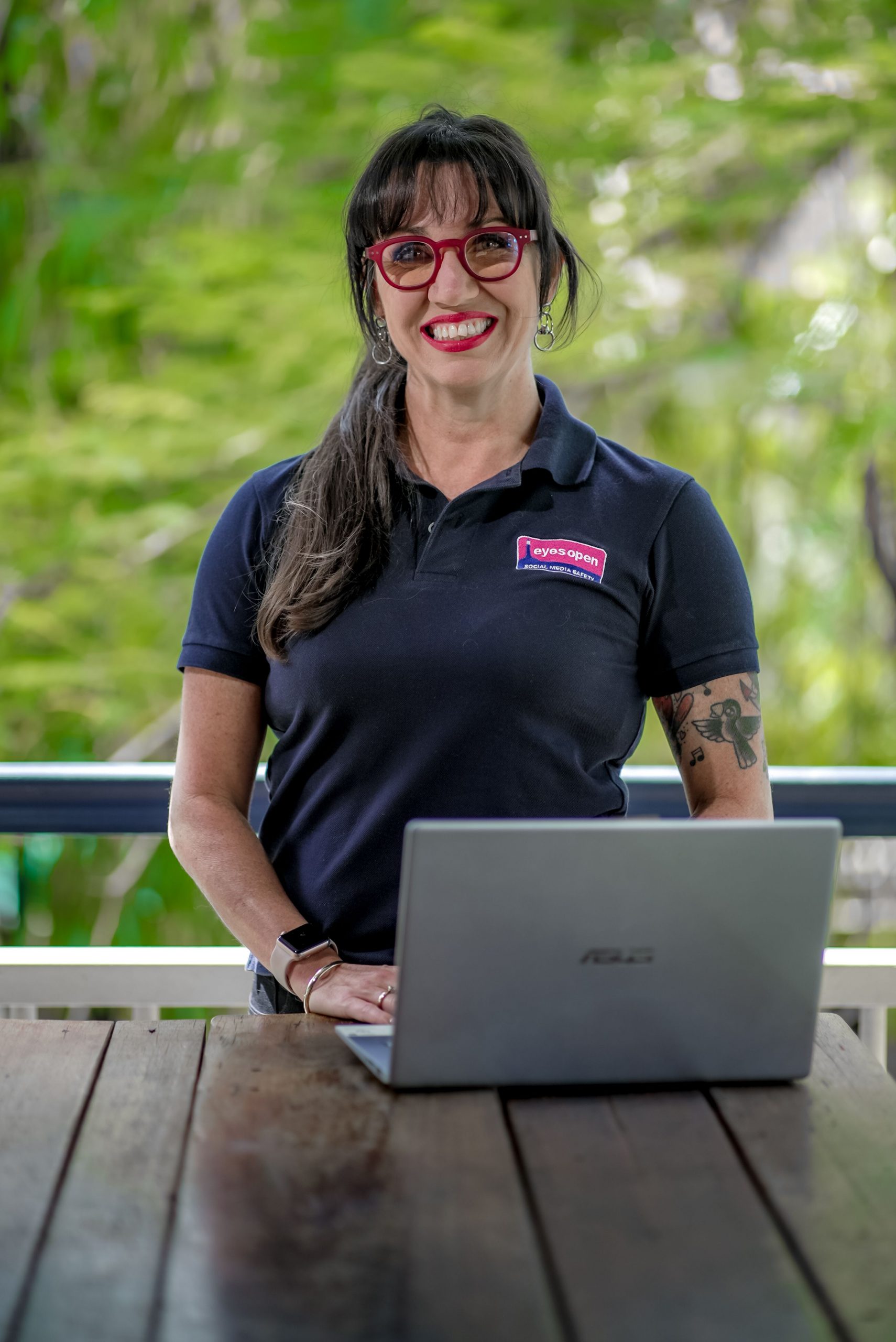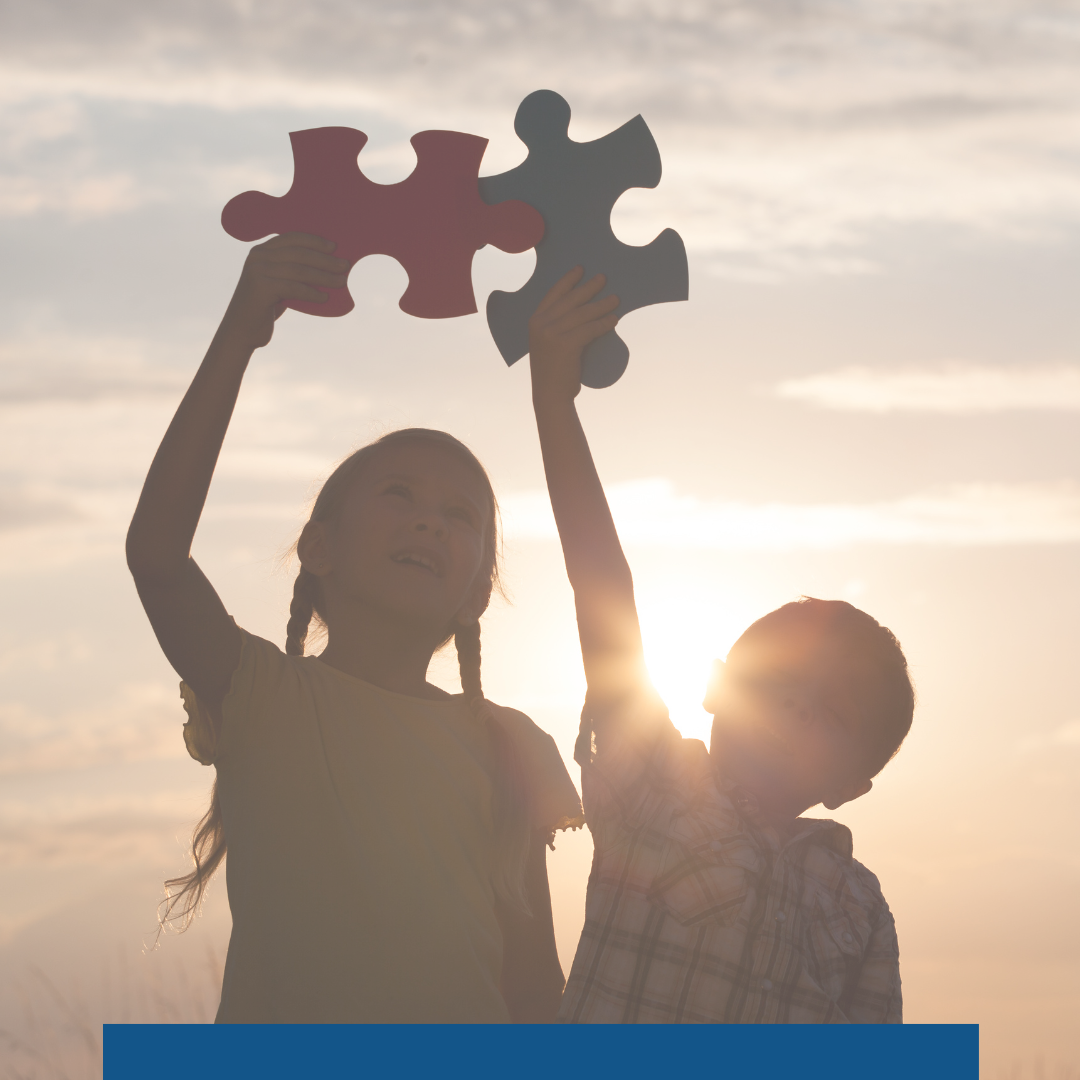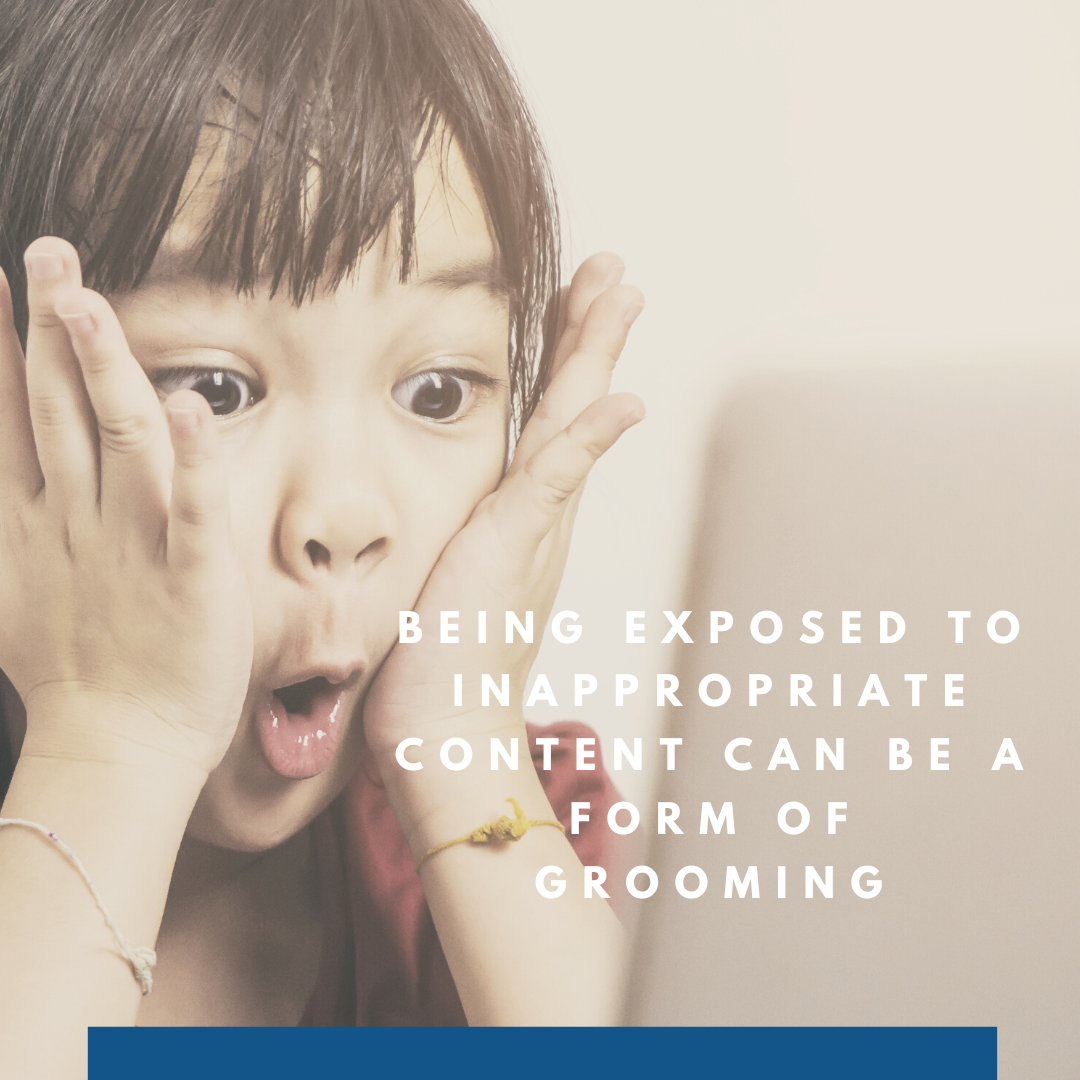Narangba Valley Parent Info
Missed the online parent session? We’ve got you covered!
Highlights of the session
During the parent session we covered in depth the main risks your child could face online and an overview of the sessions your child will participate in over the coming weeks at school.
See below a snapshot of someone of the main things you need to know about keeping your child as safe as possible on social media and gaming.
Being groomed online
Information needed to groom/exploit you
Who you are
A person looking for someone to exploit is often looking for a specific demographic. They want to know age, gender etc
Read more
Where you are
If their intention is to meet they will need to know a general location straight up so they have an idea of whether meeting is a possible outcome.
Who is important to you
This can be used to manipulate you. They can expose a secret, threaten to hurt someone you care about or embarrass you in front of those people.
When you are vulnerable
Timing can be the difference between them getting what they want or not. Knowing you are having a bad day can mean they time their approach to when you might react from impulse rather than with rational thought.
All of this information is easily accessible on social media
- Information can be gleaned from the account set up, such as username, bios, profile images and friends lists
- Further information can be found in photos shared by you or your contacts and comments made on these posts.
- Someone looking for information can find small pieces of information and couple it with information found in a different location, account or image to work out an important fact about you.
Inappropriate Material
Being aware of the risks
Being exposed to inappropriate material can be a form of grooming.
Exploitation through the use of intimate images is known to be adapted to exploit a person of any age.
Someone using exposure to inappropriate material or intimate images as a form of grooming will usually be targeting a particular demographic.
Read more
This means that they need to know they have found a person they wish to gain something from.
An example may be that they want pictures of a child. Most children aren’t willingly going to give a random stranger a picture of themselves, so they will need to be tricked or manipulated into giving it.
They will also want to know information about their victim, such as who are they afraid of, who will they be embarrassed in front of or who are they fearful of being hurt.
All of the information that is needed to groom someone online can be found by little pieces of information given away on social media accounts, photos, conversations, birthday wishes and even conversations on online video games.
Once the information is collected about a potential victim, online predators will then start using the information to groom their target by tricking them into thinking they can expose them or get them into trouble with someone they care about.
Problematic Internet Use
Overuse and Addiction
Problematic Internet Use is not just about the amount of time someone spends on screens. It is about
the impact that screen time has on your life,
the changing of priorities and the damage to real life relationships, that are defining characteristics of a problem.
As a parent there is some choices you can make to reduce the chance your child will suffer from screen addiction.
Read more
There are 5 main areas that are affected by overuse or severe problematic use (addiction) to screens. They are a user’s:
- usage (affecting priorities)
- physical health
- social experience
- emotional stability
- behaviour
As a parent or carer of a child who is overusing screens, you may be feeling uncomfortable with their screen use but not really be able to put your finger on why.
We find that usually a parent/carer’s gut feeling is actually correctly telling them that some changes to screen use may be in order.
See attached guide to behaviours that may indicate an issue is arising.
Having clear boundaries around screen use can assist as a preventative measure to avoid overuse becoming an issue and/or as an early intervention strategy if things are getting out of hand.
The key to boundaries that will actually work is to ensure that they are written down for easy reference and that your child understands why they are in place. We also find that involving your child in the process of creating a family agreement helps them to feel empowered to use technology responsibly.
During school time last year, we have worked with your child to educate them about the reasons why each component of a family agreement is necessary.
For your reference, some key elements are:
- A list of things that must be done before SOCIAL screen time is started (this gives them a visual reminder so that you don’t have to keep telling them. On the back of our Screen Time Plan, we provide a checklist that you can laminate and get them to check off before they start social screen time)
- Clear appropriate times for social screen time. (You will notice we have ‘pm” and “pm” in our plan. We also suggest that children turn their hand held devices off 2-3 hours before sleep time. The reason for this is that interactive screen use can trigger a high release of dopamine, which will make it hard for your child to concentrate at school, on other tasks, or to relax enough for quality sleep. If you need your child to have the company of screens to assist with their routine, TV time in the morning or before bed might be a better option as a TV across the room doesn’t give the additional excitement of participation that a hand held screen gives.)
- A social screen time limit. (how long in total can they play for? We suggest a small amount of time that they get for completing their chores of priority list and then they can earn more screen time by practicing building skills or interacting with other people. eg play a musical instrument for 30 minutes, or play a board game with their sibling and they can earn an extra 15 minutes online. This is your chance to encourage activities that help they grow and practice life skills)
- Breaks are important to keep their bodies moving, give them a chance to go to the bathroom or eat dinner and lift their heads – assisting their posture.)
- Keeping their own time. (This is only of the most important parts of a screen plan. In the past screen advice was always that parents use parental controls to restrict their child’s use. It has now been evidenced that “self-regulation” is a critical learning step for young people to avoid addiction later in life. A child setting an alarm and getting off screens without being prompted is good practice and can be rewarded with more time later)
- Parental controls. (It is still super important to apply parental controls to your child’s devices and social media accounts to assist them. We suggest that you create the plan/agreement with your child and then apply parental controls to support them. Eg if they are allowed 1 hour of screen time a day, the parental controls kick in at 1.25 hours. This gives your child the opportunity to be responsible and earn extra time)
Intimate Images
Every child with an internet enabled device must be educated about intimate images in an age appropriate way
The Law
If you or anyone else in a photo containing nude, partially nude or intimate content are under the age of 18 you could be breaking the law if you:
Read more
- take the photo
- send or share the photo
- ask someone for a photo of this type
- have these photos on your device
…even if it is you in the photo!
What could go wrong?
You may be sending a nude to someone you trust but things can go wrong, such as:
- there is a break up or a friendship sours
- they brag & share the photo
- a phone is accessed by someone you didn’t expect
- your photo is shared online
- the person isn’t who you thought they were
- the person doesn’t want the photo
- they are connected to family sharing
Managing unwanted requests & images
If someone hasn’t asked for a photo & don’t want it, they may:
- show it or share it with others (they aren’t allowed to do this as they will be distributing CEM, but by the time the situation is sorted the damage is done)
- report you for sending CEM
If you regret sending an image, you can:
- ask & watch them delete it
- eSafety & police can take action if they share the image without consent
- ask an adult for help making a report
If an intimate image of you is shared online without your consent, you can:
- Untag,yourself, report it to be removed, report the person to the social media site
- Speak to a trusted adult
- Report to eSafety or police. They can have it removed & take action against the person who shared it.
Digital Footprint
Why is your digital footprint so important?
Whenever you apply for ANYTHING in your future there is a chance that someone will look you up on social media to help them decide whether they should give you the opportunity. This could be for:
- a job
- a relationship
- a rental property
- qualifying for a competition; or
- whether they help you raise money for something
Read more
…but I post cool stuff!
The thing is that YOU don’t get to decide how someone else interprets your content. …and while most of the time you may not care what other’s think, there may be a time when you miss a big opportunity because someone misinterprets why you have posted something, such as:
- something funny taken out of context
- that alcohol or drugs may be an issue in your life
- that you associate with shady people that you are racist, sexist, inappropriate
- because you have missed or not managed a comment on one of your posts.
There are many reasons why someone may not choose you if they are given the opportunity to trawl your social media accounts from your high school days.
Some ways that your privacy & security settings can help are:
- minimising content on your profile that can be accessed or viewed by people who haven’t met you
- managing friends comments & posts affecting your digital presence
- reducing risk of identity theft disrupting your accounts
- being able to quickly manage any unexpected interactions on your profiles.
Cyberbullying
Is your child being cyberbullied?
The Law
Section 474.17 of the criminal act is regarding aggravated offences involving private sexual material and using a carriage service to menace, harass or cause offence.
Read more
People can be charged with a criminal act at the age of 10.
What is cyberbullying?
Things that could be considered cyberbullying are:
- repeatedly contacting a person who has asked you to stop
- threatening or making someone feel scared
- hacking or creating fake accounts to bully someone
- defamation (posting things that are untrue about someone)
- encouraging suicide or self harm
How can settings help protect your child from cyberbullying and trolls?
Some ways that cyberbullies and trolls aim to cause fear & harm could be:
- causing embarrassment in front of your child’s peers
- inciting others to participate in their campaign
- making your child feel scared or intimidated
- using your child’s posts to make your child feel foolish
By increasing the privacy & security on your child’s social media accounts you can REDUCE:
- trolls being able to interact or post on your child’s page
- the opportunity for trolls to access your child’s posts and find out information about your child
- trolls knowing how your child is feeling (people who bully are often more nasty when they know their victim is already feeling vulnerable)
- trolls knowing who your child’s friends and family are (they may approach people and encourage them to bully also)
- the chance of trolls gaining access to your child’s account to pretend to be them
If your child is being bullied you can help by:
- Encouraging your child to talk to you and helping them to increase the privacy & security on accounts
- Help them to report the other person to the social media site
- Report to eSafety or the police.
- It is best if your child has told the person once to stop and that they will be reported & then to not engaged in any further interactions from that point.
© Eyes Open Social Media 2023 | Privacy Policy | Terms & Conditions







